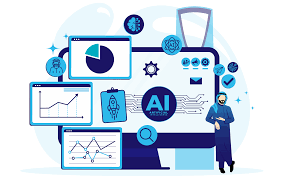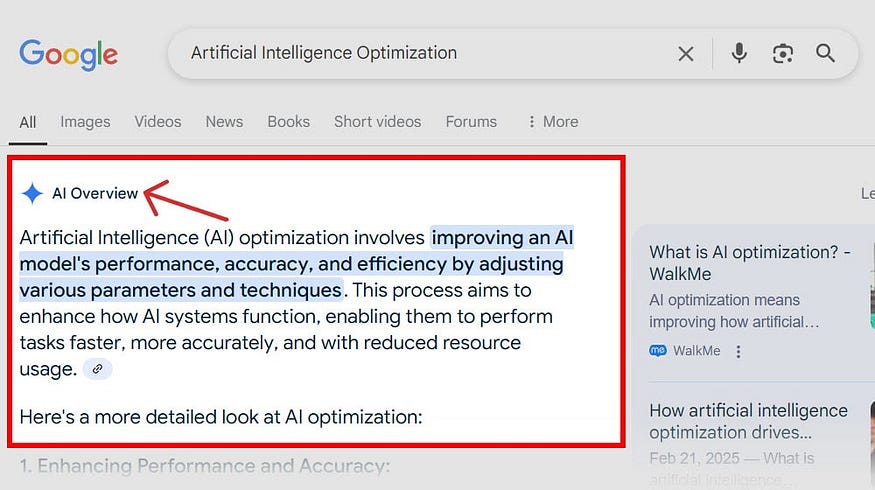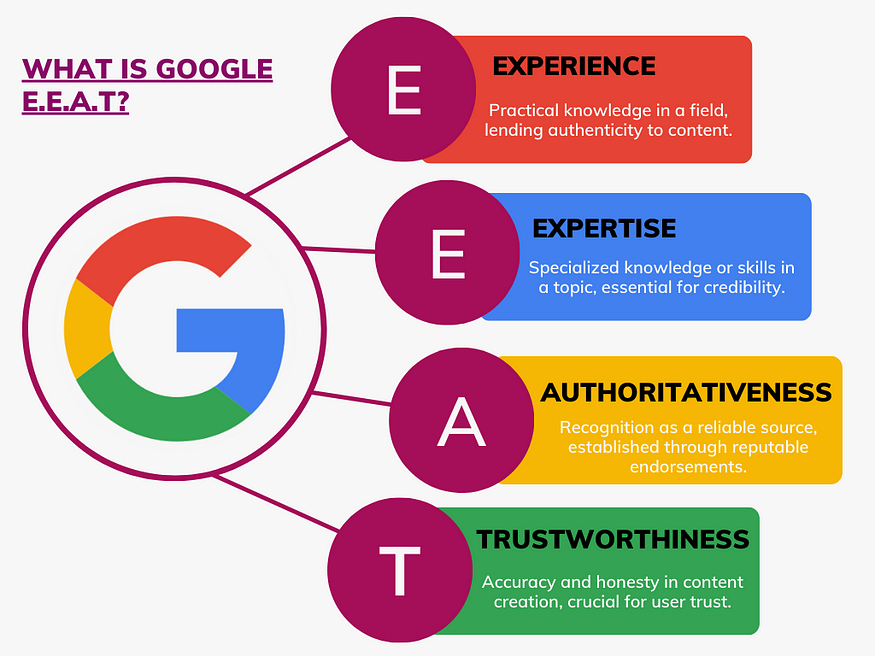How to Rank on Google in 2025 Using AIO (AI Optimization)
Ranking on Google has completely changed over the years.
Back in the day, you could throw in a few keywords, build some backlinks, and boom, you’d be on Page 1.
But in 2025, Google’s algorithm is driven by AI, and the way it evaluates content is way more advanced. It’s no longer about just optimizing for search engines; it’s about creating helpful, human-first content with the support of AI.

That’s where AIO (AI Optimization) comes in. In this guide, we’ll break down what AIO is, how it’s different from traditional SEO, and how you can use it step-by-step to rank higher on Google even if you’re a solo creator, freelancer, or small business.
What is AIO (AI Optimization)?
AIO stands for AI Optimization.
It’s not a replacement for SEO; it’s an upgrade.
AIO uses AI tools to support your SEO tasks like
- Smarter keyword research
- Faster content creation
- Better content structure
- Technical audits
- User behavior analysis

But here’s the most important part:
You still need human touch. AI helps you scale, but your experience, examples, and authenticity help you rank.
Difference Between Traditional SEO vs AIO in 2025
FeatureTraditional SEOAIO (AI Optimization)Keyword ResearchManual tools like Ubersuggest, AhrefsAI tools + semantic topic clusteringContent WritingFully written by humanAI-assisted, human-refinedContent TypeFocused on keywordsFocused on user intent + helpfulnessRanking FactorsKeywords + backlinksE-E-A-T + user experience + content depthTime TakenSlower, manual processesFaster, scalable with AI support
In short, AIO uses AI to help you do SEO better and faster while keeping the human-first approach Google prefers.
Step-by-Step: How to Rank on Google in 2025 Using AIO
Step 1: Do Smart Keyword Research with AI
Start with identifying what your audience is searching for, but go deeper than just keyword volume.
How to do it:
- Use tools like ChatGPT, AnswerThePublic or Google’s People Also Ask
- Find long-tail keywords (e.g., “best yoga poses for thyroid problems”)
- Cluster related keywords using AI. (e.g., ChatGPT prompt: “Cluster these keywords into 3 topic groups for blog writing.”)
Example: If your audience is Indian, they may search “home remedies for cold” or “best ayurvedic shampoo” Target these phrases in your niche.
✅ Step 2: Create Helpful, Human-Centered Content
Once you have your keywords, your focus should shift to useful content. content that solves a problem clearly, in a way humans enjoy reading.
Tips:
- Use AI tools like ChatGPT or Writesonic to generate first drafts or outlines
- Add your own experience or data
- Structure your content with headings, bullet points, and FAQs
- Keep language simple and conversational
💡 Example: Instead of writing “10 Benefits of Turmeric,” write “I tried turmeric water every morning for 30 days here’s what changed.”
Step 3: Optimize for E-E-A-T
Google wants content that shows:
- Experience: Real-world usage or results
- Expertise: Deep understanding of the topic
- Authoritativeness: Recognition from others (backlinks, reviews)
- Trustworthiness: Transparent and accurate information

How to apply it:
- Share your background or client results
- Link to trusted sources
- Add reviews/testimonials
- Use your real name or brand profile
- Display certifications or case studies
Example: A skincare coach in India can show proof of her own routine, customer before/after results, and links to medical sources.
Step 4: Improve Content Using AI Tools
You don’t have to do all the SEO heavy lifting manually anymore.
Use AI for:
- Optimizing meta titles/descriptions (with tools like SurferSEO)
- Finding content gaps (NeuronWriter, Outranking.io)
- Internal linking suggestions
- Improving readability or tone
- Writing alternative titles or CTA ideas
Still, always fact-check and edit. AI is fast but not always accurate.



Comments
Post a Comment